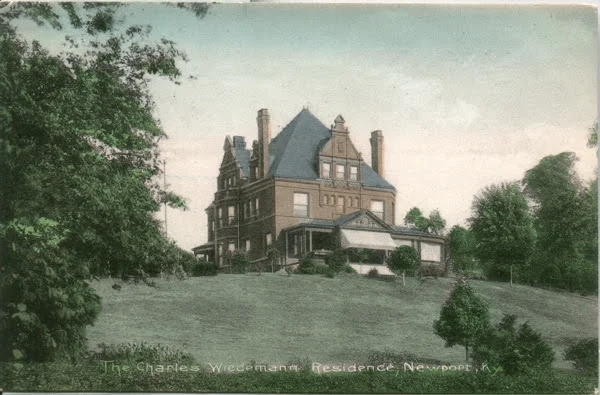
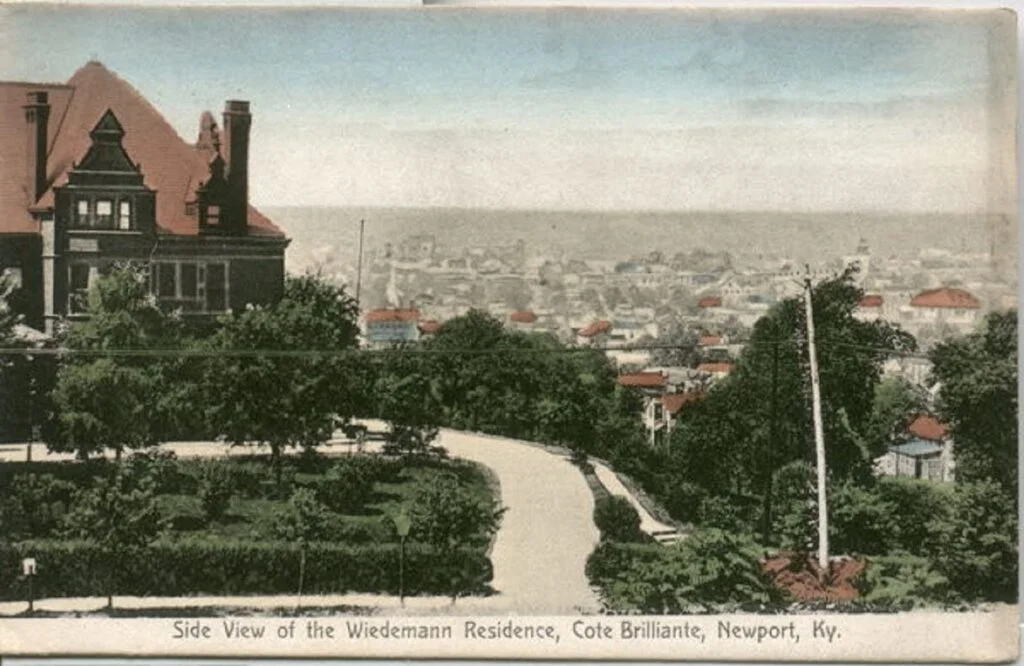
The Home’s Place in History
In 1887, George Wiedemann, founder of the Geo. Wiedemann Brewing Company, and his wife, Agnes, purchased land in Newport’s Cote Brilliante (bright hill) neighborhood for $18,000. Renowned Cincinnati architect, Samuel Hannaford, whose other works include Cincinnati’s Music Hall, City Hall, Workhouse, Findlay Market, and Wiedemann Brewery, designed the chateau-esque mansion and carriage house. James Griffith & Sons were selected as the builders.
George Wiedemann passed away at the age of 67 in 1890, before the house was completed in 1894. Agnes moved into the house and lived there until she passed and deeded the house to her eldest son, Charles, in 1898. Although the home is more commonly known as the Charles Wiedemann Mansion, Agnes’s original design and vision are still evident today.
The view from the front of the home extends almost 180 degrees. It encompasses Newport and picturesque profiles of Mt. Adams and the Cincinnati skyline in the foreground, Bellevue and Dayton to the East, and Covington and the western hills of Cincinnati to the west. The grounds formerly included a greenhouse, swimming pool with a dressing pavilion, formal rose garden, statuaries, fountains, and vineyards. Today, only the carriage house, which has been restored as a private residence, remains.
The Wiedemann Hill Mansion includes 17 rooms, 7 full-baths, and 2 half-baths. The first floor has a reception room, front parlor, library, dining, kitchen, and butler’s pantry. A half-bath located off the reception room is tucked under the grand staircase. Each room is finished in a different wood including oak, cherry, mahogany, and sycamore and features hand-carved mantles and complementary wood floor inlays. The ornate stained glass on the grand staircase features German crackle-style glass and has served as the inspiration for the interior colors throughout the home. The only apparent alteration to the original interior was the installation of the three-quarter height, custom Rookwood mantel in the reception room.
The second floor houses four private guest suites, 2 one-room and 2 two-room, each with it’s own full bath. One of the suites originally served as the smoking room and includes a baroque plaster ceiling. The third floor included the ballroom, billiards room, and several sleeping rooms.
Prior to 1950, the home was struck by lightning and caught fire. The smoke damage ruined the original first floor Italian silk wall coverings and toppled the original chimney and fireplace in the reception room. One mantel on the second floor was removed as a result and the chimney was capped. Damage from the fire is still evident in the attic where the roof trusses and supports were repaired. The slate roof is supported by a series of large, diagonal wood beams tied to a main support that reaches 25 feet above the attic floor. The attic also originally housed a large, metal water retention tank that collected rain water and provided water pressure to the home.
The home is built on a stone foundation and includes brick interior walls, arched doorways, concrete floors, and the original coal-fired clothes dryer. The room under the reception room was used during prohibition and includes a tunnel and a steel door. It is rumored that this tunnel ran to a destination in Newport to secretly transfer beer and other alcohol.
The home remained in the Wiedemann Family until 1951 when the Mansion was sold to the Diocese of Covington as a residence for Bishop William Mulloy. At that time, the third floor ballroom was converted into a sanctuary where the Bishop served mass daily. After Bishop Mulloy, the mansion was briefly occupied by Bishop Ackerman and then by the Christian Bothers who managed the all-boys catholic high school, currently Newport Central Catholic High School. Later, the sisters of Our Lady of Providence operated the home as a convent until 1980.
In 1981, Dr. Tom Powell purchased the estate and undertook a three-year restoration project. Dr. Powell resided in the home and also used the property for his production studio and advertising business. Although trained as a dentist, Tom was an entertainer and traveled the globe with his pick-pocketing, magic, and stand-up comedian show. Tom performed on many USO trips and performed at the White House for President Reagan and in Iran for the Shah. Tom also opened Underground New Orleans, a jazz night club in Cincinnati, helping to keep the culture of jazz alive in Cincinnati. Tom sold the carriage house and several acres of the estate to a developer.
In 2005, Dr. Tom Powell sold the home to Roger and Donna Weddle. At this time, the home underwent a complete, period-appropriate restoration. This included updating and replacing all electrical, plumbing, and mechanics. An elevator and central air conditioning were also added to the home for the first time. Exterior work included adding new copper gutters, slate roof repair, restoration of the veranda, brick tuck-pointing, a new driveway, and extensive landscaping. During the revitalization, several original stencils were uncovered and replicated throughout the home. A hand-painted tin ceiling is featured in the kitchen and butler’s pantry. Hand painted, ornamental ceiling medallions and chandeliers have been added or restored throughout the house. The third floor was renovated into a private apartment for the owners and includes 2 bedrooms and 3 full baths.
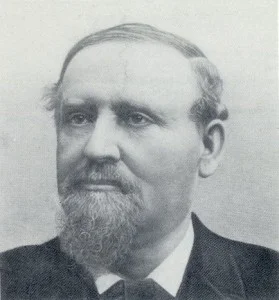
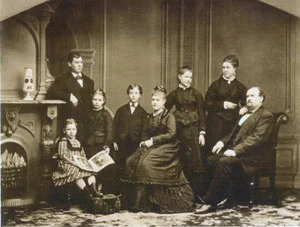
The Wiedemann Family’s History
George Wiedemann was born and educated in Saxony, Germany. There he learned the brewer’s art by the old world method of apprenticeship. In 1853, at the age of 19, George emigrated to the United States and immediately found employment at a brewery in New York. After three months, he relocated to Louisville, KY and worked in another brewery. Six months later, he relocated again to Cincinnati, OH where he fell in love with Cincinnati’s large German culture and beer drinking population.
In 1879, George became a partner in the Jefferson Street Brewery with John Butcher. in 1878 he purchased Butcher’s interested for $28,000. Four years later, he purchased the Constans Brewery on Monmouth Street in Newport, KY. Soon after, he added a malt house, a new brew house, and stables. The Geo. Wiedemann Brewing Company produced over 100,000 barrels of beer each year.
In 1856, George married Agnes Rohman and the couple had six children. Upon his death in 1890, their sons, Charles and George Jr., took over management of the brewery. George Jr. is responsible for designing the popular “W” and eagle logo the Wiedemann Beer brand is commonly recognized by today. His tenure was short lived as he passed away in 1901 at the age of 35.
At the age of 33, Charles Wiedemann became President of the Wiedemann Brewery. Prior to, he had attended Cincinnati Public Schools, St. Xavier College, and Nelson’s Business College. Charles also studied brewing at the Royal College of Bavaria in Munich, Germany as well as other schools across Europe. During his tenure as President, the Wiedemann Brewing Company sold three draught beers, The Standard, Bohemian, and Muenchener Export, throughout the United States, Cuba, and the Phillipines. Charles was a savvy marketer and built numerous taverns throughout the greater Cincinnati area to further sell Wiedemann products. He also experimented with other non-alcohol beverages during Prohibition, but was arrested, along with his son, Carl, during the raids of February 1927. Charles was fined $10,000 for distributing alcohol during Prohibition, but never appeared in court due to serious health concerns that eventually took his life in 1928.
Carl did appear in court and was convicted. He spent two years in the Atlanta Federal Prison. Carl’s true passion was horse racing and he built a pool and pool house on the estate with his winnings from the Kentucky Derby. Carl was the owner of In Memoriam, a race horse who defeated Kentucky Derby winner, Zev, in a stakes race that has been called one of the top ten horse races of all time. Carl was a well known patron to bars around Newport until his death in 1961.
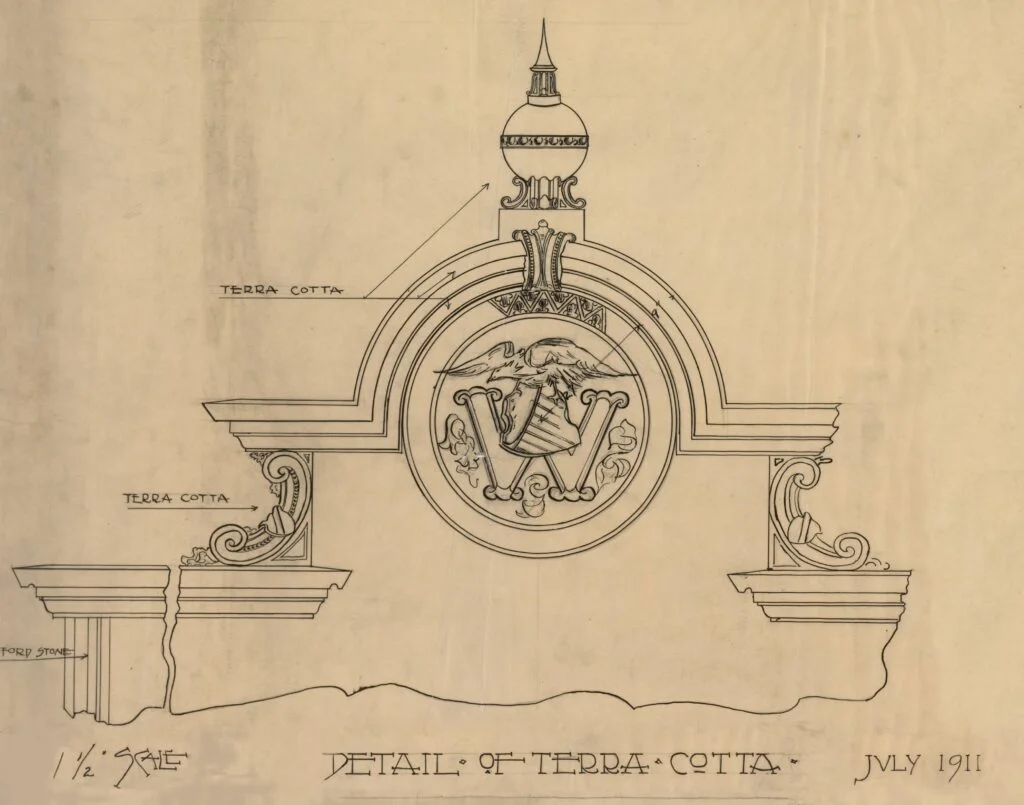
A Brewing Legend
The Wiedemann Brewing Company operated in Newport, KY. In addition to its original three brands, The Standard, Bohemian, and Muenchener Export, the company later added “Royal Amber” which was named the best beer in America under several blind tastings.
In 1967, The Wiedemann Brewing Company was merged with the G. Heileman Brewing Company. The brewery was closed in 1983 and later demolished.
The Wiedemann label was sold to the Pittsburgh Brewing Company, which brewed the beer until 2007 when the brand was dropped.
A Rebirth
The new Wiedemann Brewery is dedicated to the original brewing tradition of the original Wiedemann Brewery that produced Bohemian-style beers in Newport, Kentucky for more than a century. The new Wiedemann Brewery opened in June 2018 in St. Bernard, Ohio.
Founded in 2012 by local beer enthusiasts, Jon and Betsy Newberry, the company reintroduced Wiedemann’s fine beer to the market with the newly crafted Wiedemann’s Special Lager, an American version of the golden Bohemian lagers to which brewmaster George Wiedemann paid tribute. The Special Lager is brewed with several kinds of barley malt and aromatic sterling hops. It’s a thirst-quenching, light-bodied, and flavorful craft beer.